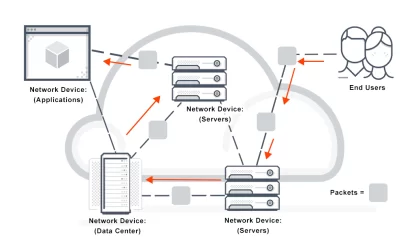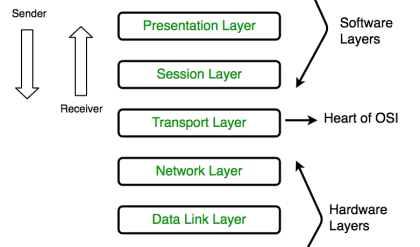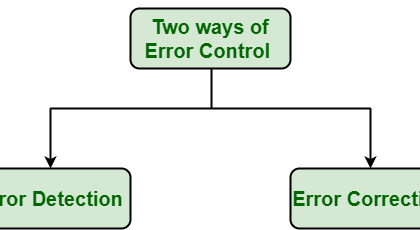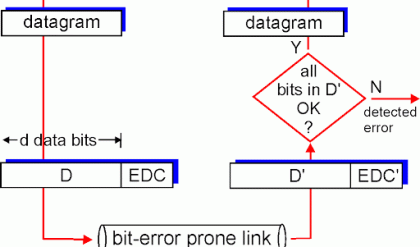What Is Telecommunication?
Many people call telecommunication the world’s most lucrative industry. In the United States, 110 million households have telephones and 50% of total households in the U.S. have Internet access and there are some 170 million mobile subscribers. Long-distance service annual revenues as of 2004 exceeded 100 × 109 dollars.1
Prior to divestiture (1983), the Bell System was the largest commercial company in the United States. It had the biggest fleet of vehicles, the most employees, and the greatest income. Every retiree with any sense held the safe and dependable Bell stock. Bell System could not be found on the “Fortune 500” listing of the largest companies. In 1982, Western Electric Co., the Bell System manufacturing arm, was number seven on the “Fortune 500.” However, if one checked the “Fortune 100 Utilities,” the Bell System was up on the top. Transferring this information to the “Fortune 500” put Bell System as the leader on the list.
We know it is big business; but what is telecommunications? Webster’s (Ref. 1) calls it communications at a distance. The IEEE Standard Dictionary (Ref. 2) defines telecommunications as the transmission of signals over long distance, such as by telegraph, radio, or television. Another term we often hear is electrical communication. This is a descriptive term, but of somewhat broader scope.
Some take the view that telecommunication deals only with voice telephony, and the typical provider of this service is the local telephone company. We hold a wider interpretation. Telecommunication encompasses the electrical communication at a distance of voice, data, and image information (e.g., TV and facsimile). These media, therefore, will be major topics of this book. The word media (medium, singular) also is used to describe what is transporting telecommunication signals. This is termed transmission media. There are four basic types of medium: wire pair, coaxial cable, fiber optics, and radio.
Telecommunication Will Touch Everybody
In industrialized nations, the telephone is accepted as a way of life. The telephone is connected to the public switched telecommunications network (PSTN) for local, national, and international voice communications. These same telephone connections may also carry data and image information (e.g., television). In the United States the connection to the PSTN may be via a local exchange carrier (LEC) or by a competitive local exchange carrier (CLEC).
The personal computer (PC) is beginning to take on a role similar to that of the telephone—namely, being ubiquitous. Of course, as we know, the two are becoming married. In many situations, the PC uses telephone connectivity to obtain Internet and e-mail services. Cable television (CATV) offers another form of connectivity providing both telephone and Internet service. In the case of Internet access, CATV can be shown to be more efficient than a telephone line for data rate capacity. Then there are the radio adjuncts to the telephone, typically cellular and PCS, which are beginning to offer similar services such as data communications (including Internet) and facsimile (fax) as well as voice. The popular press calls these adjuncts wireless. Can we consider wireless in opposition to being wired?
Count the number of devices one has at home that carry out some kind of controlling or alerting function. They also carry out a personal communication service. Among these devices are television remote controls, garage-door openers, VCR and remote radio and CD player controllers, certain types of home security systems, pagers, and cordless telephones. We even take cellular radios for granted. In some countries, a potential subscriber has to wait months or years for a telephone. Cellular radio, in many cases, provides a way around the problem, where equivalent telephone service can be established in an hour—that is, the amount of time it takes to buy a cellular radio in the local store and sign a contract for service.
The PSTN has ever-increasing data communications traffic where the network is used as a conduit for data. PSTN circuits may be leased or used in a dial-up mode for data connections. Of course the Internet has given added stimulus to data circuit usage of the PSTN. The PSTN sees facsimile as just another data circuit, usually in the dial-up mode. Conference television traffic adds still another flavor to PSTN traffic and is also a major growth segment. The trend for data is upwards where today data connectivity greatly exceeds telephone usage on the network. There is a growing trend for users to bypass the PSTN partially or completely. The use of satellite links in certain situations is one method for PSTN bypass. Another is to lease capacity from some other provider. Other provider could be a power company with excess capacity on its microwave or fiber-optic system. There are other examples such as a railroad with extensive rights-of-way which may be used for a fiber-optic network.
Another possibility is to build a private network using any one or a combination of fiber optics, copper wire line, line-of-sight microwave, and satellite communications. Some private networks take on the appearance of a mini-PSTN.






Comments are closed.